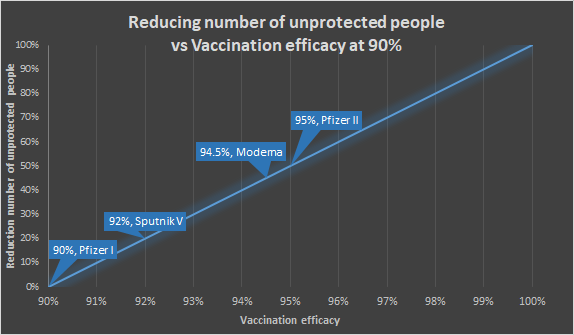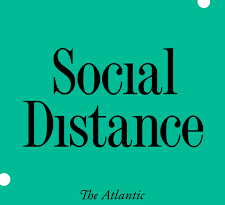Vaccination efficacy: same numbers, different view
Finally, among headlines about record number of COVID-19 cases in too many countries and rising death tolls, there was good news. On November 9, Pfizer and its partner BioNTech announced intermediate results of their Phase III trials. They showed a 90% efficacy for their vaccine candidate. US biotech firm Moderna followed exactly one week later with news that its vaccine protected 94.5% of those vaccinated. Again two days later, based on new results, Pfizer stated its vaccine was 95% effective. Almost unnoticed in the West went the news on November 11 about Sputnik V. The Russian Gamaleya Institute claimed a 92% efficacy for its vaccine.
All this good news lifted the spirits of millions worldwide. It sent stock markets soaring. But there was something special. Without exception headlines worldwide reiterated the efficacy rate. What if headlines would have approached it from the opposite side? What if they would have reported not the degree of success, but the degree of failure? “Vaccine is ineffective in 10% of cases”. Not developing immunization might not be a serious condition, but what if 10% would have developed serious side effects, or worse? Heaps of people would have spontaneously converted to anti-vaxism.
Let’s for the time being assume that vaccine efficacy equals actual vaccine effectiveness. It does not – vaccine efficacy is a trial result. It equals the percentage reduction of case incidence in vaccinated test people versus case incidence in a placebo group. Putting this difference aside, going from a vaccination efficacy of 90% to 94.5% then almost halves the number of people at risk for developing disease. Almost halves: 5.5% inefficiency is 10% more than 5%. For those who are into graphical illustrations, please look at this totally trivial graph:

It’s all a matter of perspective. A view from a different angle shows there is still an incentive for increasing vaccine efficacies, even when they are in the 90% range. Not to mention the fact that real-life vaccine effectiveness will inevitably be lower than the values reported here.
By the way: the news was great. Imagine that several months ago the US Food and Drug Administration had announced it would approve any vaccine with a proven success rate of at least 50%. Let’s just keep on working and watching.
(rvdk)

